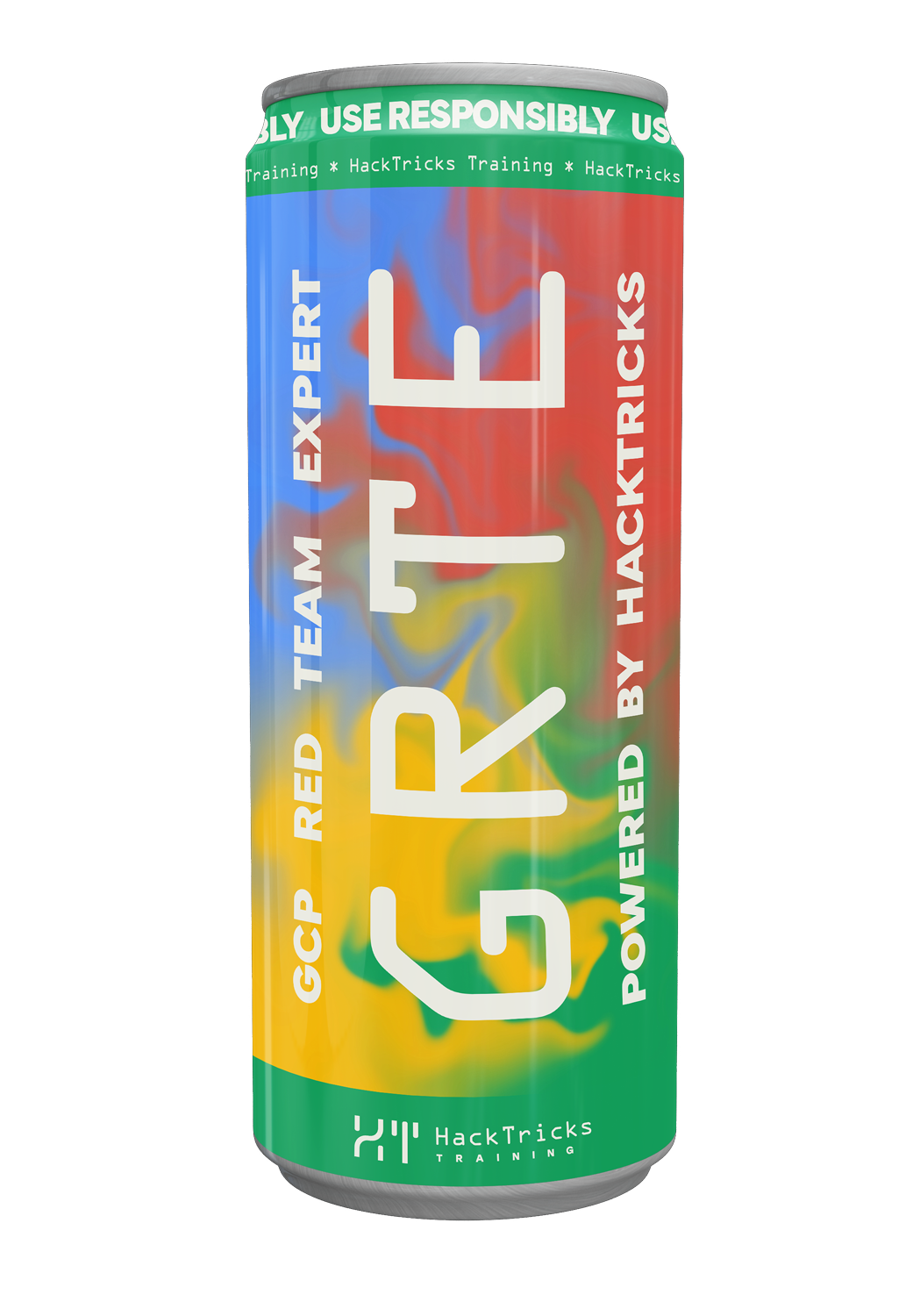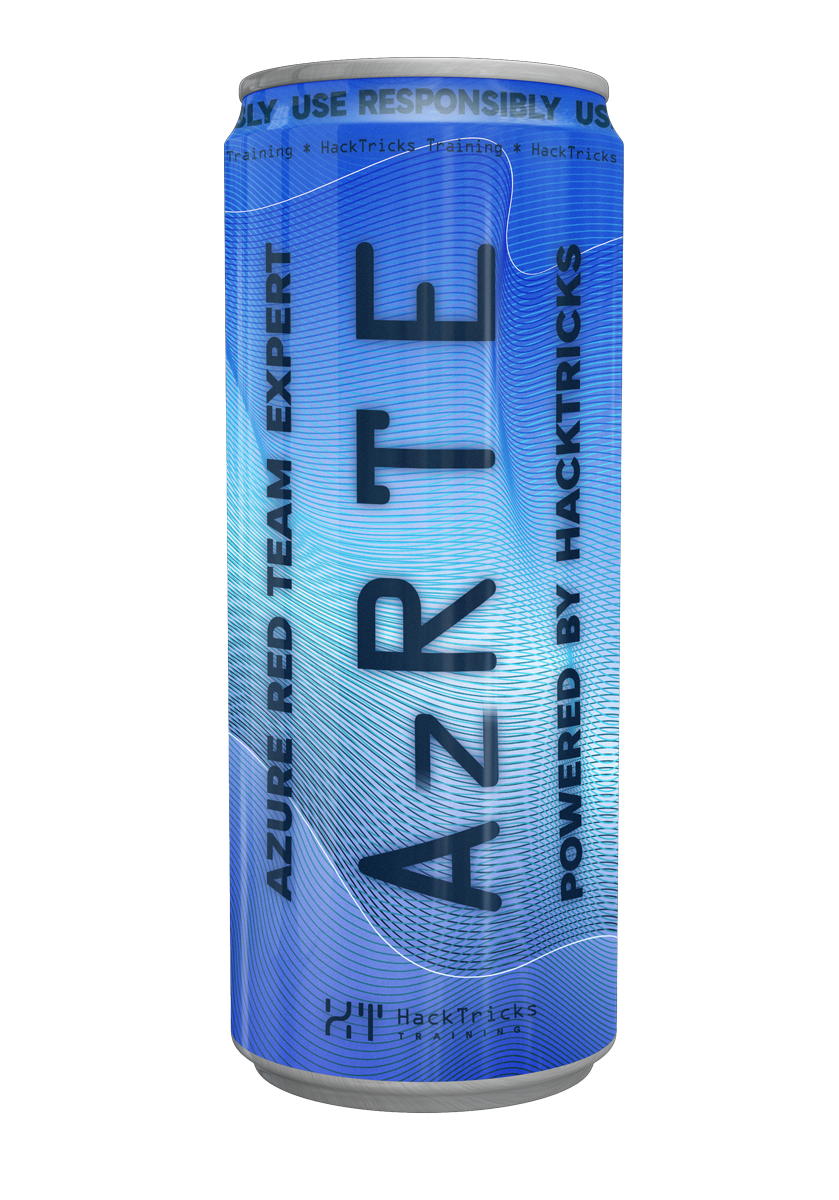AWS - SageMaker Enumerazione
Reading time: 8 minutes
tip
Impara e pratica il hacking AWS: HackTricks Training AWS Red Team Expert (ARTE)
HackTricks Training AWS Red Team Expert (ARTE)
Impara e pratica il hacking GCP:  HackTricks Training GCP Red Team Expert (GRTE)
HackTricks Training GCP Red Team Expert (GRTE) Impara e pratica il hacking Azure:
Impara e pratica il hacking Azure:  HackTricks Training Azure Red Team Expert (AzRTE)
HackTricks Training Azure Red Team Expert (AzRTE)
Supporta HackTricks
- Controlla i piani di abbonamento!
- Unisciti al 💬 gruppo Discord o al gruppo telegram o seguici su Twitter 🐦 @hacktricks_live.
- Condividi trucchi di hacking inviando PR ai HackTricks e HackTricks Cloud repos su github.
Service Overview
Amazon SageMaker è la piattaforma managed di AWS per machine learning che mette insieme notebooks, infrastruttura di training, orchestrazione, registries e managed endpoints. Una compromissione delle risorse SageMaker tipicamente fornisce:
- Ruoli di esecuzione IAM a lunga durata con ampio accesso a S3, ECR, Secrets Manager o KMS.
- Accesso a dataset sensibili memorizzati in S3, EFS o all'interno dei feature store.
- Presenza di rete all'interno delle VPC (Studio apps, training jobs, endpoints).
- presigned URLs ad alto privilegio che eludono l'autenticazione della console.
Capire come SageMaker è assemblato è fondamentale prima di pivot, persist o exfiltrate dati.
Core Building Blocks
- Studio Domains & Spaces: Web IDE (JupyterLab, Code Editor, RStudio). Ogni dominio ha un file system EFS condiviso e un ruolo di esecuzione predefinito.
- Notebook Instances: EC2 managed per notebook standalone; usano ruoli di esecuzione separati.
- Training / Processing / Transform Jobs: Container effimeri che pullano codice da ECR e dati da S3.
- Pipelines & Experiments: Workflow orchestrati che descrivono tutti i passaggi, input e output.
- Models & Endpoints: Artefatti confezionati deployati per inference via HTTPS endpoints.
- Feature Store & Data Wrangler: Servizi managed per la preparazione dei dati e la gestione delle feature.
- Autopilot & JumpStart: ML automatizzato e catalogo di modelli curati.
- MLflow Tracking Servers: UI/API MLflow managed con presigned access tokens.
Ogni risorsa fa riferimento a un execution role, location S3, container images e configurazioni opzionali VPC/KMS—capture all of them durante enumeration.
Account & Global Metadata
REGION=us-east-1
# Portfolio status, used when provisioning Studio resources
aws sagemaker get-sagemaker-servicecatalog-portfolio-status --region $REGION
# List execution roles used by models (extend to other resources as needed)
aws sagemaker list-models --region $REGION --query 'Models[].ExecutionRoleArn' --output text | tr ' ' '
' | sort -u
# Generic tag sweep across any SageMaker ARN you know
aws sagemaker list-tags --resource-arn <sagemaker-arn> --region $REGION
Segnala eventuali trust cross-account (execution roles o S3 buckets con external principals) e restrizioni di base come service control policies o SCPs.
Studio Domains, Apps & Spazi Condivisi
aws sagemaker list-domains --region $REGION
aws sagemaker describe-domain --domain-id <domain-id> --region $REGION
aws sagemaker list-user-profiles --domain-id-equals <domain-id> --region $REGION
aws sagemaker describe-user-profile --domain-id <domain-id> --user-profile-name <profile> --region $REGION
# Enumerate apps (JupyterServer, KernelGateway, RStudioServerPro, CodeEditor, Canvas, etc.)
aws sagemaker list-apps --domain-id-equals <domain-id> --region $REGION
aws sagemaker describe-app --domain-id <domain-id> --user-profile-name <profile> --app-type JupyterServer --app-name default --region $REGION
# Shared collaborative spaces
aws sagemaker list-spaces --domain-id-equals <domain-id> --region $REGION
aws sagemaker describe-space --domain-id <domain-id> --space-name <space> --region $REGION
# Studio lifecycle configurations (shell scripts at start/stop)
aws sagemaker list-studio-lifecycle-configs --region $REGION
aws sagemaker describe-studio-lifecycle-config --studio-lifecycle-config-name <name> --region $REGION
Cosa registrare:
DomainArn,AppSecurityGroupIds,SubnetIds,DefaultUserSettings.ExecutionRole.- EFS montati (
HomeEfsFileSystemId) e directory home S3. - Script di lifecycle (spesso contengono credenziali di bootstrap o codice aggiuntivo per push/pull).
tip
Presigned Studio URLs possono aggirare l'autenticazione se concessi in modo troppo ampio.
Notebook Instances & Lifecycle Configs
aws sagemaker list-notebook-instances --region $REGION
aws sagemaker describe-notebook-instance --notebook-instance-name <name> --region $REGION
aws sagemaker list-notebook-instance-lifecycle-configs --region $REGION
aws sagemaker describe-notebook-instance-lifecycle-config --notebook-instance-lifecycle-config-name <cfg> --region $REGION
I metadati del notebook rivelano:
- Ruolo di esecuzione (
RoleArn), accesso diretto a Internet vs. modalità solo VPC. - Posizioni S3 in
DefaultCodeRepository,DirectInternetAccess,RootAccess. - Script di lifecycle per credenziali o hook di persistenza.
Training, Processing, Transform e Batch Jobs
aws sagemaker list-training-jobs --region $REGION
aws sagemaker describe-training-job --training-job-name <job> --region $REGION
aws sagemaker list-processing-jobs --region $REGION
aws sagemaker describe-processing-job --processing-job-name <job> --region $REGION
aws sagemaker list-transform-jobs --region $REGION
aws sagemaker describe-transform-job --transform-job-name <job> --region $REGION
AlgorithmSpecification.TrainingImage/AppSpecification.ImageUri– quali immagini ECR sono distribuite.InputDataConfig&OutputDataConfig– bucket S3, prefissi e chiavi KMS.ResourceConfig.VolumeKmsKeyId,VpcConfig,EnableNetworkIsolation– determinare la postura di rete o di crittografia.HyperParameterspossono causare leak di segreti d'ambiente o stringhe di connessione.
Pipelines, Experiments & Trials
aws sagemaker list-pipelines --region $REGION
aws sagemaker list-pipeline-executions --pipeline-name <pipeline> --region $REGION
aws sagemaker describe-pipeline --pipeline-name <pipeline> --region $REGION
aws sagemaker list-experiments --region $REGION
aws sagemaker list-trials --experiment-name <experiment> --region $REGION
aws sagemaker list-trial-components --trial-name <trial> --region $REGION
Le definizioni delle pipeline descrivono ogni passaggio, i ruoli associati, le immagini dei container e le variabili d'ambiente. I componenti dei trial spesso contengono URI degli artefatti di addestramento, log S3 e metriche che suggeriscono il flusso di dati sensibili.
Modelli, Configurazioni degli Endpoint e Endpoint Distribuiti
aws sagemaker list-models --region $REGION
aws sagemaker describe-model --model-name <name> --region $REGION
aws sagemaker list-endpoint-configs --region $REGION
aws sagemaker describe-endpoint-config --endpoint-config-name <cfg> --region $REGION
aws sagemaker list-endpoints --region $REGION
aws sagemaker describe-endpoint --endpoint-name <endpoint> --region $REGION
Aree di interesse:
- URI S3 degli artefatti del modello (
PrimaryContainer.ModelDataUrl) e immagini dei container di inference. - Configurazione di data capture dell'endpoint (S3 bucket, KMS) per possibile log exfil.
- Endpoint multi-model che utilizzano
S3DataSourceoModelPackage(verificare il packaging cross-account). - Config di rete e security groups associati agli endpoint.
Feature Store, Data Wrangler & Clarify
aws sagemaker list-feature-groups --region $REGION
aws sagemaker describe-feature-group --feature-group-name <feature-group> --region $REGION
aws sagemaker list-data-wrangler-flows --region $REGION
aws sagemaker describe-data-wrangler-flow --flow-name <flow> --region $REGION
aws sagemaker list-model-quality-job-definitions --region $REGION
aws sagemaker list-model-monitoring-schedule --region $REGION
Considerazioni sulla sicurezza:
- Gli online feature store replicano i dati su Kinesis; verificare
OnlineStoreConfig.SecurityConfig.KmsKeyIde la VPC. - I flussi di Data Wrangler spesso incorporano credenziali JDBC/Redshift o endpoint privati.
- I job di Clarify/Model Monitor esportano dati in S3 che potrebbero essere leggibili pubblicamente o accessibili da account diversi.
MLflow Tracking Servers, Autopilot & JumpStart
aws sagemaker list-mlflow-tracking-servers --region $REGION
aws sagemaker describe-mlflow-tracking-server --tracking-server-name <name> --region $REGION
aws sagemaker list-auto-ml-jobs --region $REGION
aws sagemaker describe-auto-ml-job --auto-ml-job-name <name> --region $REGION
aws sagemaker list-jumpstart-models --region $REGION
aws sagemaker list-jumpstart-script-resources --region $REGION
- MLflow tracking servers store experiments and artefacts; presigned URLs can expose everything.
- Autopilot jobs spin multiple training jobs—enumerate outputs for hidden data.
- Le architetture di riferimento JumpStart possono distribuire ruoli privilegiati nell'account.
Considerazioni su IAM e Networking
- Enumerare le IAM policies allegate a tutti i ruoli di esecuzione (Studio, notebooks, training jobs, pipelines, endpoints).
- Verificare i contesti di rete: subnets, security groups, VPC endpoints. Molte organizzazioni isolano i training jobs ma dimenticano di limitare il traffico in uscita.
- Riesaminare le S3 bucket policies referenziate in
ModelDataUrl,DataCaptureConfig,InputDataConfigper accesso esterno.
Privilege Escalation
Persistence
Post-Exploitation
AWS - SageMaker Post-Exploitation
Unauthorized Access
AWS - SageMaker Unauthenticated Enum
References
- AWS SageMaker Documentation
- AWS CLI SageMaker Reference
- SageMaker Studio Architecture
- SageMaker Security Best Practices
tip
Impara e pratica il hacking AWS: HackTricks Training AWS Red Team Expert (ARTE)
HackTricks Training AWS Red Team Expert (ARTE)
Impara e pratica il hacking GCP:  HackTricks Training GCP Red Team Expert (GRTE)
HackTricks Training GCP Red Team Expert (GRTE) Impara e pratica il hacking Azure:
Impara e pratica il hacking Azure:  HackTricks Training Azure Red Team Expert (AzRTE)
HackTricks Training Azure Red Team Expert (AzRTE)
Supporta HackTricks
- Controlla i piani di abbonamento!
- Unisciti al 💬 gruppo Discord o al gruppo telegram o seguici su Twitter 🐦 @hacktricks_live.
- Condividi trucchi di hacking inviando PR ai HackTricks e HackTricks Cloud repos su github.
 HackTricks Cloud
HackTricks Cloud